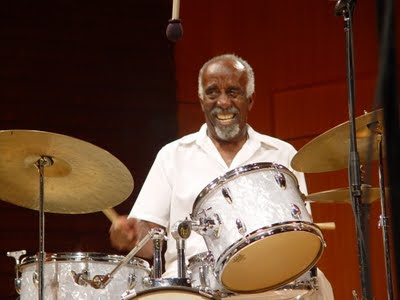The origins of 'The Banana Boat Song' are not known
completely and its the same for its author but we know for sure that
this is a Jamaican folk song. The most interesting thing about this
folk song is that it was originally sung by the banana field workers of
Jamaica.
The melody was very much a calypso style of singing
but different locals improvised their own lyrics from time to time often
their most common reference "daylight come and we wan' go home". This
song was also frequently sung by dock workers who worked during the dark
shift loading bananas onto ships.
The first recorded version was took place in 1952 when
Trinidadian singer Edric Conner who along with his band "The
Carribeans" recorded this song onto his album 'Songs From Jamaica' and
named the song "Day De Light". Song lyrics were written by Ivrine Burgie
from the island of Barbados.
Daylight has come, the shift is over and they want
their work to be counted up so that they can go home (this is the
meaning of the lyric "Come, Mr. Tally Man, tally me banana/ Daylight
come and we wanna go home").
The song is perhaps best known for being used in
the comedy film Beetlejuice. In the dinner scene, the guests become
possessed and sing and dance to the song.
Artist: Harry Belafonte
Song: The Banana Boat Song
C F C
I'm loadin' de bananaboat all night long
G7 C
Day de light and I wanna go home
F C
Hey, all of the workmenn sing dis song
G7 C
Day de light and I wanna go home
Chorus
C G F C G7 C
Day, oh, day, oh, day de light and I wanna go home
I'm loadin' de bananaboat all night long
Day de light and I wanna go home
Hey, all of de women sing dis song
Day de light and I wanna go home
Chorus
I'm loadin' de bananaboat all night long
Day de light and I wanna go home
Hey, all of the chillen sing dis song
Day de light and I wanna go home
Chorus
Banana Boat Song
D A7 D
Day-oh Day-oh Daylight come an' I wanna go home
D A7 D
Day-oh Day-oh Daylight come an' I wanna go home
D
Six han' seven han' eight han' bunch
D A7 D
Daylight come an' I wanna go home
Six han' seven han' eight han' bunch
A7
Daylight come an' I wanna go home
D
Come mister tally man tally me banana
A7 D
Daylight come an' I wanna go home
Come mister tally man tally me banana
A7 D
Daylight come an' I wanna go home
D A7 D
Day-oh Day-oh Daylight come an' I wanna go home
D A7 D
Day-oh Day-oh Daylight come an' I wanna go home
"You can cage the singer but not the song."
Harry Belafonte
Harry Belafonte
In writing today's post I am hoping you will not find this offensive in any way. I simply LOVE bananas and grow ice cream bananas on my ranch. I also like the song very much and enjoy hearing the children sing it with their precious smiles. Who doesn't like a banana?!

"Jazz washes away the dust of every day life." -- Art Blakey


















